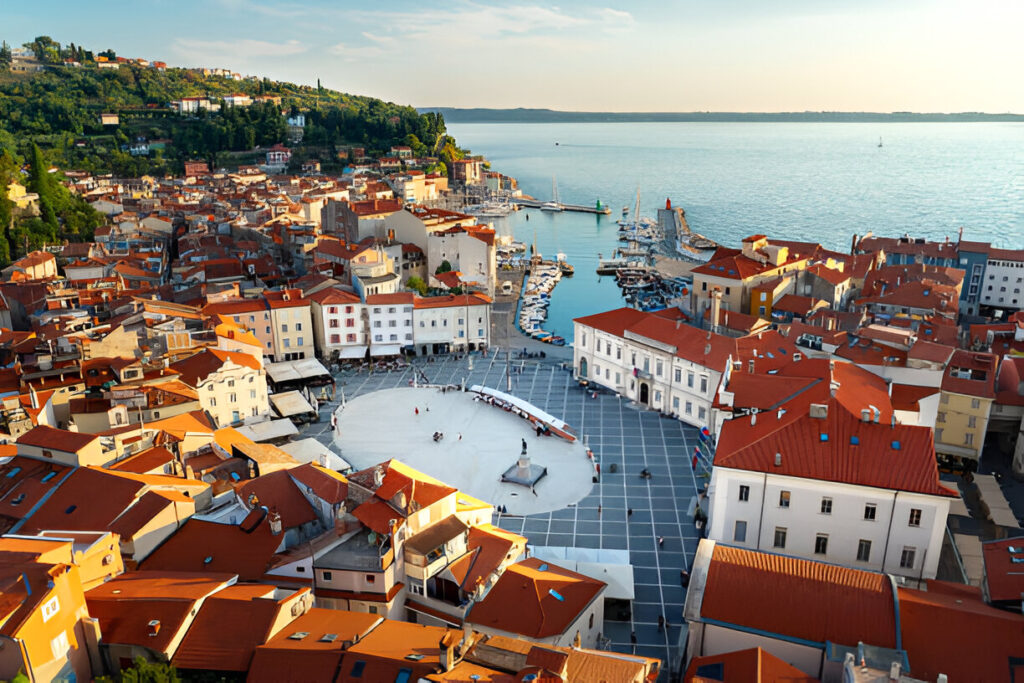



Introduction
Mediterranean cuisine stands as a testament to the rich tapestry of cultures, histories, and geographies that converge around the Mediterranean Sea. Encompassing regions from Southern Europe to North Africa and the Middle East, this culinary tradition is characterized by its emphasis on fresh ingredients, diverse flavors, and communal dining experiences. This article delves into the historical evolution of Mediterranean cuisine, tracing its roots, influences, and the iconic dishes that have emerged over millennia.
1. Ancient Foundations: The Birth of a Culinary Tradition
1.1 The Mediterranean Triad
At the heart of Mediterranean cuisine lies the “Mediterranean triad”: olive, wheat, and grape. These staples—yielding olive oil, bread, and wine—have been central to the region’s diet since antiquity. Their cultivation and consumption date back to ancient civilizations, including the Greeks, Romans, and Phoenicians, who not only relied on these foods but also facilitated their spread through trade and conquest. Wikipedia
1.2 Influence of Ancient Civilizations
The culinary practices of ancient Egypt, Greece, and Rome laid the groundwork for Mediterranean cuisine. Egyptians introduced techniques like fermentation, evident in their bread and beer production. Greeks emphasized simplicity and balance, focusing on fresh produce and herbs. Romans, with their expansive empire, integrated diverse ingredients and methods, from North African spices to Gallic meats, creating a melting pot of flavors.
2. Crossroads of Cultures: The Middle Ages
2.1 Arab and Islamic Contributions
The Islamic Golden Age brought significant advancements to Mediterranean cuisine. Arabs introduced ingredients like rice, sugarcane, citrus fruits, and spices such as saffron and cinnamon. They also refined irrigation techniques, enhancing agricultural productivity. Dishes like couscous and tagine emerged during this period, reflecting the fusion of local and imported elements. Wikipedia
2.2 Byzantine and Ottoman Influences
The Byzantine Empire preserved and transmitted classical culinary knowledge, emphasizing dishes like lentil soups and vegetable stews. Later, the Ottoman Empire’s vast reach introduced ingredients and recipes across the Mediterranean, including baklava, dolma, and various kebabs, further enriching the region’s gastronomic diversity.
3. Renaissance and the Age of Exploration
3.1 Introduction of New World Ingredients
The discovery of the Americas introduced a plethora of new ingredients to the Mediterranean. Tomatoes, potatoes, peppers, and beans became integral to many regional dishes. For instance, the tomato, initially met with suspicion, eventually became a cornerstone in Italian and Spanish cuisines, evident in sauces and stews. Wikipedia
3.2 Culinary Literature and Documentation
The Renaissance period saw the proliferation of cookbooks and culinary texts, documenting recipes and techniques. These works not only preserved traditional methods but also encouraged experimentation, leading to the refinement of dishes and the codification of regional specialties.
4. Regional Cuisines: A Mosaic of Flavors
4.1 Southern Europe
- Italy: Known for its pasta varieties, risottos, and olive oil-based dishes. Regional specialties include Sicilian caponata and Neapolitan pizza.
- Greece: Emphasizes grilled meats, fresh vegetables, and dishes like moussaka and spanakopita.
- Spain: Famous for tapas, paella, and gazpacho, reflecting both Moorish and European influences.
4.2 North Africa
- Morocco: Features tagines, couscous, and harira soup, rich in spices like cumin and coriander.
- Tunisia and Algeria: Known for spicy dishes incorporating harissa and a variety of stews and grilled meats.
4.3 Eastern Mediterranean and the Levant
- Turkey: Offers dishes like kebabs, mezes, and baklava, blending Central Asian and Middle Eastern flavors.
- Lebanon and Syria: Known for tabbouleh, hummus, and kibbeh, emphasizing fresh herbs and grains.
5. The Mediterranean Diet: Health and Lifestyle
In the mid-20th century, researchers observed the health benefits of traditional Mediterranean eating patterns, leading to the popularization of the “Mediterranean diet.” Characterized by high consumption of fruits, vegetables, whole grains, legumes, and olive oil, moderate intake of fish and poultry, and limited red meat, this diet has been linked to reduced risks of heart disease and other chronic conditions.
6. Iconic Mediterranean Dishes and Their Origins
- Couscous: Originating from North Africa, it’s a staple made from steamed semolina grains, often served with meat or vegetable stews.
- Falafel: Believed to have originated in Egypt, these deep-fried chickpea or fava bean balls are now popular across the Middle East.
- Paella: A Spanish rice dish from Valencia, traditionally made with a mix of seafood, meats, and vegetables.
- Moussaka: A layered eggplant and meat dish, prevalent in Greek and Balkan cuisines.
- Baklava: A sweet pastry made of layers of filo dough, nuts, and honey or syrup, with roots in Ottoman cuisine.
7. Modern Developments and Global Influence
Today, Mediterranean cuisine enjoys global popularity, with restaurants and cookbooks bringing its flavors to international audiences. The emphasis on fresh, wholesome ingredients aligns with contemporary health trends, while the rich tapestry of flavors continues to inspire chefs and home cooks alike.
Mediterranean cuisine, with its deep historical roots and diverse influences, offers a culinary journey through time and cultures. Its emphasis on fresh ingredients, balanced flavors, and communal dining not only provides delightful gastronomic experiences but also embodies a lifestyle that values health, tradition, and togetherness.
Mediterranean cuisine
Views: 4
